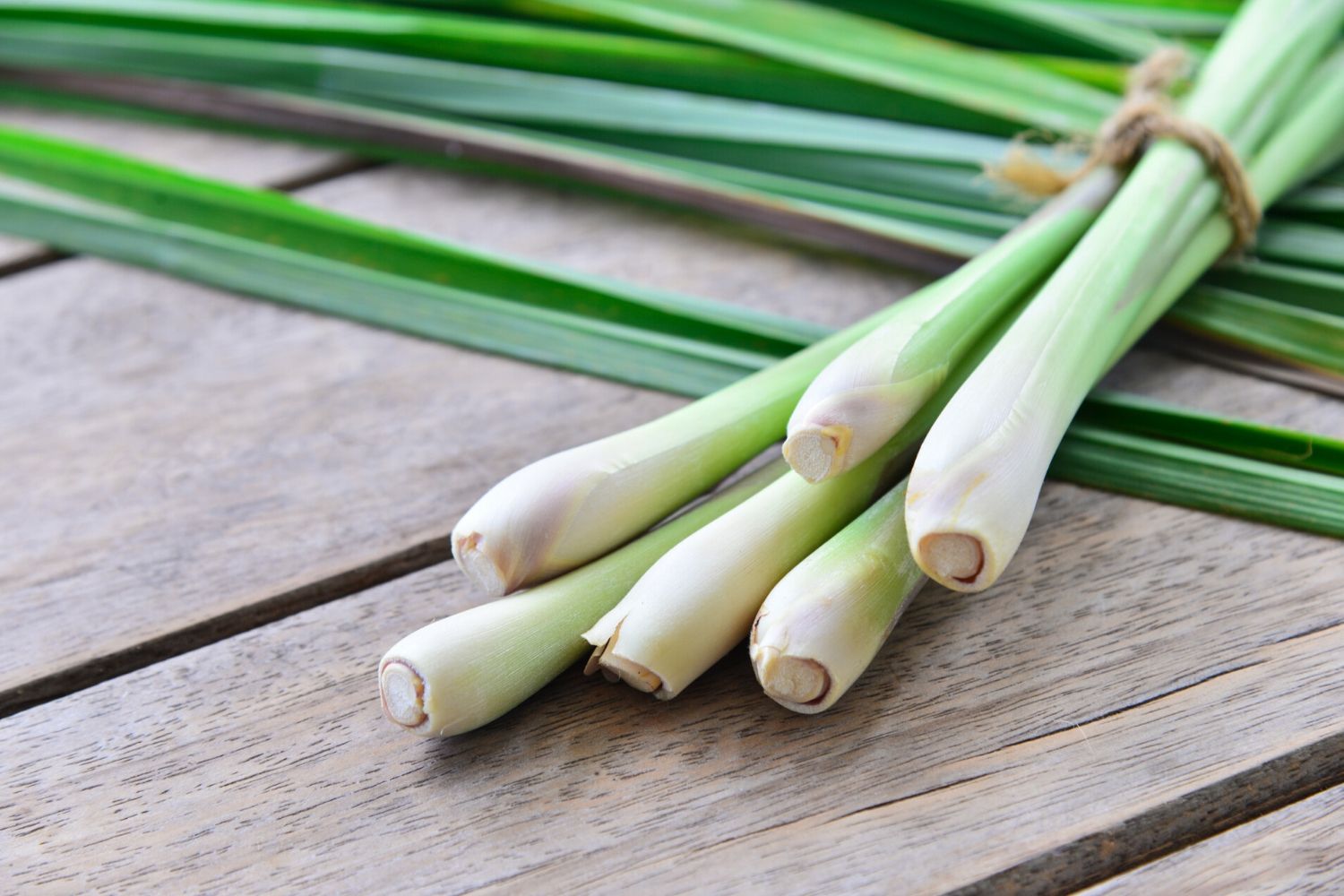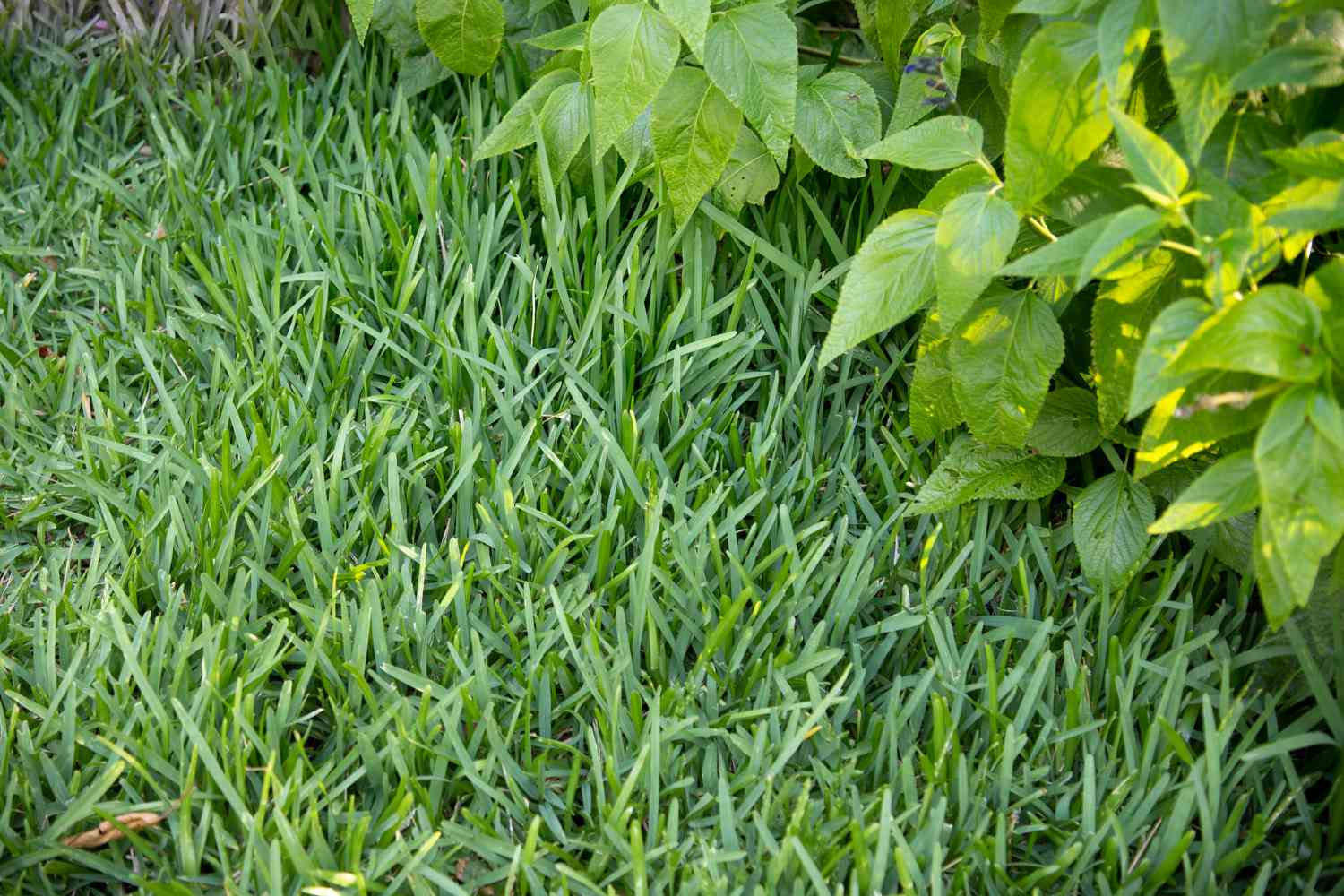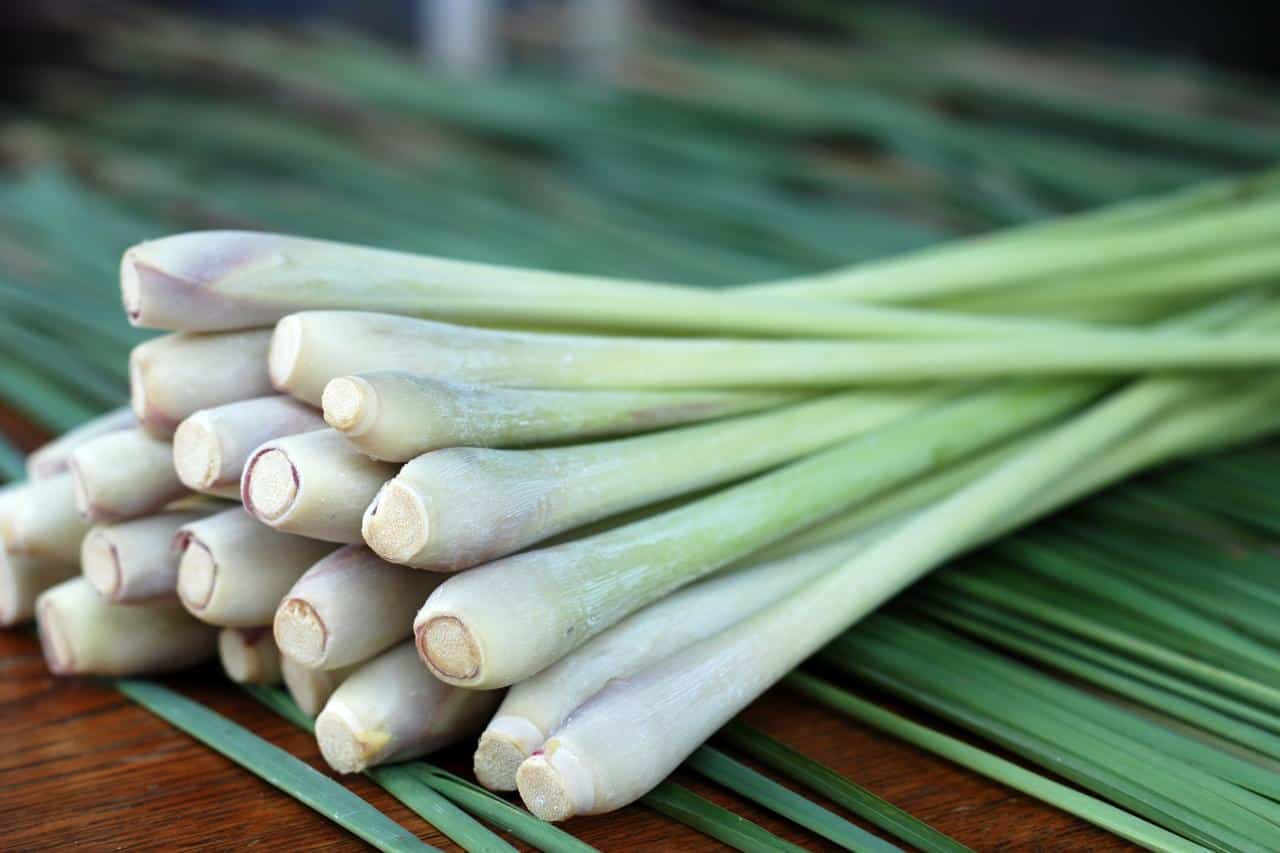Home>Gardening & Outdoor>Landscaping Ideas>What Is Sweet Grass


Landscaping Ideas
What Is Sweet Grass
Modified: August 20, 2024
Discover the beauty of sweet grass and its versatile uses in landscaping ideas. Learn how to incorporate sweet grass into your outdoor space for a touch of natural charm.
(Many of the links in this article redirect to a specific reviewed product. Your purchase of these products through affiliate links helps to generate commission for Storables.com, at no extra cost. Learn more)
Introduction
Welcome to the enchanting world of sweet grass, a plant that not only adds beauty to landscapes but also holds deep cultural and spiritual significance for many indigenous communities. In this article, we will embark on a journey to explore the history, cultural importance, medicinal uses, harvesting techniques, and conservation efforts related to sweet grass. By delving into these aspects, we can gain a deeper understanding of the multifaceted role this remarkable plant plays in various traditions and ecosystems.
Key Takeaways:
- Sweet grass holds deep cultural and spiritual significance for indigenous communities, used in ceremonies and everyday life, and facing challenges due to habitat loss and overharvesting.
- Sweet grass possesses medicinal properties, used for calming and purifying effects, and its essential oils may have antimicrobial and anti-inflammatory properties.
Read more: What Is Ryegrass
History of Sweet Grass
The history of sweet grass is intertwined with the rich tapestry of indigenous cultures across North America. Revered for its aromatic qualities and symbolic significance, sweet grass has been used for centuries in spiritual ceremonies and everyday life. Indigenous communities, such as the Lakota, Blackfeet, and Cree, have long held sweet grass in high esteem, considering it a sacred plant with profound healing properties.
Traditionally, sweet grass was harvested by carefully braiding the stems, symbolizing the interconnectedness of life. The sweet, vanilla-like scent that emanates when the grass is dried and burned is believed to purify the spirit and attract positive energy. The soothing aroma of burning sweet grass has been a cornerstone of various rituals, including smudging ceremonies, in which the smoke is believed to cleanse the environment and promote spiritual harmony.
European settlers, upon encountering sweet grass, were captivated by its alluring fragrance and quickly recognized its potential as a natural air freshener. As a result, sweet grass gained popularity beyond indigenous communities, becoming a cherished component of potpourris and sachets.
Despite the widespread appreciation for sweet grass, its availability has faced challenges due to habitat loss and overharvesting. Efforts to preserve and sustainably harvest sweet grass have become increasingly vital to ensure its continued presence in both cultural practices and natural landscapes.
Cultural Significance
The cultural significance of sweet grass extends far beyond its aromatic allure. For many indigenous communities, sweet grass holds profound spiritual and symbolic importance, serving as a conduit for connecting with the natural world and ancestral traditions. The act of harvesting sweet grass is imbued with reverence and respect, reflecting a deep understanding of the interconnectedness between humans and the environment.
Within indigenous traditions, sweet grass is often referred to as the “hair of Mother Earth,” signifying the nurturing and protective qualities attributed to this sacred plant. Its use in ceremonies, such as smudging, is believed to purify the mind, body, and spirit, fostering a sense of balance and harmony. The fragrant smoke produced by burning sweet grass is thought to carry prayers and intentions to the heavens, establishing a spiritual bridge between the earthly realm and the divine.
Moreover, sweet grass is intricately woven into the fabric of storytelling and oral traditions, with its presence evoking ancestral wisdom and the resilience of indigenous cultures. The art of braiding sweet grass is a revered skill, often passed down through generations, symbolizing the continuity of cultural heritage and the enduring strength of indigenous communities.
Beyond its spiritual significance, sweet grass also holds a place in contemporary indigenous art and craftsmanship. Its delicate, slender blades are skillfully incorporated into basketry, creating intricate and durable designs that pay homage to traditional techniques while embracing modern artistic expression.
As we embrace the cultural significance of sweet grass, it is essential to honor and uphold the knowledge and practices of indigenous peoples, recognizing the invaluable contributions of sweet grass to the tapestry of human experience and spirituality.
Medicinal Uses
Beyond its aromatic and cultural significance, sweet grass possesses medicinal properties that have been cherished for generations. In indigenous healing practices, sweet grass is revered for its calming and purifying effects on both the body and the mind. The soothing aroma of burning sweet grass is believed to alleviate stress, anxiety, and negative energies, creating a serene and tranquil atmosphere conducive to healing and introspection.
Furthermore, sweet grass is often utilized in traditional medicine to address physical ailments, such as headaches and respiratory discomfort. Its gentle, sweet-scented smoke is thought to have a cleansing effect on the air, potentially aiding in respiratory relief and promoting a sense of well-being.
Additionally, the aromatic oils present in sweet grass have been explored for their potential therapeutic benefits. Studies have suggested that the essential oils extracted from sweet grass may possess antimicrobial and anti-inflammatory properties, opening doors for potential applications in natural remedies and aromatherapy.
While the traditional uses of sweet grass in medicinal contexts are deeply rooted in indigenous knowledge, the contemporary exploration of its therapeutic potential has sparked interest in integrating sweet grass extracts and oils into holistic wellness practices. Whether through the gentle diffusion of its fragrance or the incorporation of its essential oils into topical formulations, sweet grass continues to captivate the interest of individuals seeking natural remedies and sensory experiences that promote a sense of calm and rejuvenation.
As we honor the medicinal legacy of sweet grass, it is essential to approach its traditional uses with respect and cultural sensitivity, recognizing the profound wisdom embedded in indigenous healing traditions.
Sweet grass is a fragrant herb used by Indigenous peoples for smudging and ceremonies. It is known for its sweet, vanilla-like scent and is often braided for use. When burning, it is believed to purify and attract positive energy.
How to Harvest and Use Sweet Grass
The process of harvesting and utilizing sweet grass is steeped in tradition and mindfulness, reflecting a deep respect for the plant’s natural environment and spiritual significance. Harvesting sweet grass is a delicate art that requires attentiveness to sustainability and the preservation of its growth habitats.
When harvesting sweet grass, it is crucial to seek permission from the land and approach the process with gratitude and reverence. Many indigenous communities emphasize the importance of offering tobacco or other traditional gifts to the land and the plant itself as a gesture of reciprocity and respect for the natural world.
Traditionally, sweet grass is harvested by carefully braiding the long, slender blades, a practice that symbolizes the interconnectedness of life and the weaving together of the physical and spiritual realms. The braided sweet grass is then dried, preserving its aromatic qualities and preparing it for various ceremonial and practical uses.
One of the most revered uses of sweet grass is in smudging ceremonies, where the braided grass is gently burned, releasing its fragrant smoke. To conduct a smudging ritual, the burning sweet grass is often fanned with a feather or waved by hand, allowing the smoke to purify the surroundings and create a sacred space for prayer, meditation, or ceremony.
Beyond smudging, sweet grass can be incorporated into various crafts and artistic expressions, such as basket weaving and the creation of decorative braids. Its sweet, vanilla-like scent also makes it a popular choice for natural air fresheners and potpourris, infusing spaces with a sense of tranquility and natural beauty.
As we engage with the harvesting and use of sweet grass, it is essential to approach these practices with mindfulness and an understanding of their cultural and spiritual significance. By cultivating a deep respect for the traditions and knowledge surrounding sweet grass, we can honor its role as a bridge between the physical and spiritual realms and as a source of natural beauty and healing.
Read more: What Is The Grass
Conservation Efforts
As the cultural and ecological significance of sweet grass continues to be recognized, efforts to conserve and sustainably manage its populations have become increasingly imperative. The delicate balance between honoring indigenous traditions and safeguarding the natural habitats of sweet grass is at the forefront of conservation initiatives.
One of the primary challenges facing the conservation of sweet grass is the loss of its native prairie and meadow habitats due to agricultural expansion and urban development. These landscapes, which have historically provided ideal conditions for sweet grass growth, are increasingly fragmented and threatened, placing pressure on the plant’s populations.
To address these concerns, collaborative conservation efforts have emerged, bringing together indigenous communities, conservation organizations, and governmental agencies to protect and restore sweet grass habitats. These initiatives often prioritize the involvement of indigenous knowledge and practices, recognizing the vital role of indigenous communities as stewards of the land and the traditional custodians of sweet grass.
Sustainable harvesting practices and the promotion of ethical wildcrafting guidelines have also been integral to conservation endeavors. By fostering an understanding of the importance of maintaining healthy sweet grass populations, these initiatives strive to ensure that the harvesting of sweet grass aligns with principles of ecological balance and long-term viability.
Furthermore, the cultivation of sweet grass in controlled environments, such as community gardens and restoration projects, has provided opportunities to conserve genetic diversity and promote the sustainable use of this culturally significant plant. These efforts not only contribute to the preservation of sweet grass but also serve as platforms for sharing traditional knowledge and fostering community connections.
Education and outreach programs play a pivotal role in raising awareness about the cultural and ecological value of sweet grass, engaging diverse audiences in the collective responsibility of conservation. By fostering appreciation for the intricate relationships between sweet grass, indigenous cultures, and the natural world, these initiatives inspire a sense of stewardship and reverence for this treasured plant.
Through these multifaceted conservation efforts, the enduring legacy of sweet grass as a symbol of cultural resilience and environmental harmony is honored, ensuring that future generations can continue to experience its beauty and significance.
Conclusion
As we conclude our exploration of sweet grass, we are reminded of the profound interconnectedness between cultural traditions, ecological stewardship, and the enduring beauty of the natural world. The journey through the history, cultural significance, medicinal uses, harvesting techniques, and conservation efforts related to sweet grass has unveiled a tapestry of wisdom and reverence that transcends generations and borders.
Sweet grass, with its delicate blades and enchanting aroma, serves as a poignant symbol of resilience, unity, and the enduring wisdom of indigenous cultures. Its role in spiritual ceremonies, healing practices, and artistic expressions reflects the profound connection between humanity and the natural world, embodying the timeless wisdom of living in harmony with the earth.
Furthermore, the conservation of sweet grass stands as a testament to the power of collaboration, cultural preservation, and environmental stewardship. By honoring the traditional knowledge and practices surrounding sweet grass, and by embracing sustainable harvesting and conservation efforts, we uphold the legacy of this sacred plant and the communities that cherish it.
As we partake in the journey of discovering sweet grass, may we carry forward a deep appreciation for the intricate relationships between plants, people, and culture. Let us tread gently on the earth, guided by the wisdom of sweet grass and the enduring spirit of unity and respect it embodies.
In the fragrance of sweet grass, we find not only a source of sensory delight but also a profound reminder of the interconnectedness of all life and the enduring legacy of cultural traditions. Let us continue to nurture and protect the heritage of sweet grass, weaving its stories and significance into the fabric of our collective human experience.
Frequently Asked Questions about What Is Sweet Grass
Was this page helpful?
At Storables.com, we guarantee accurate and reliable information. Our content, validated by Expert Board Contributors, is crafted following stringent Editorial Policies. We're committed to providing you with well-researched, expert-backed insights for all your informational needs.















0 thoughts on “What Is Sweet Grass”